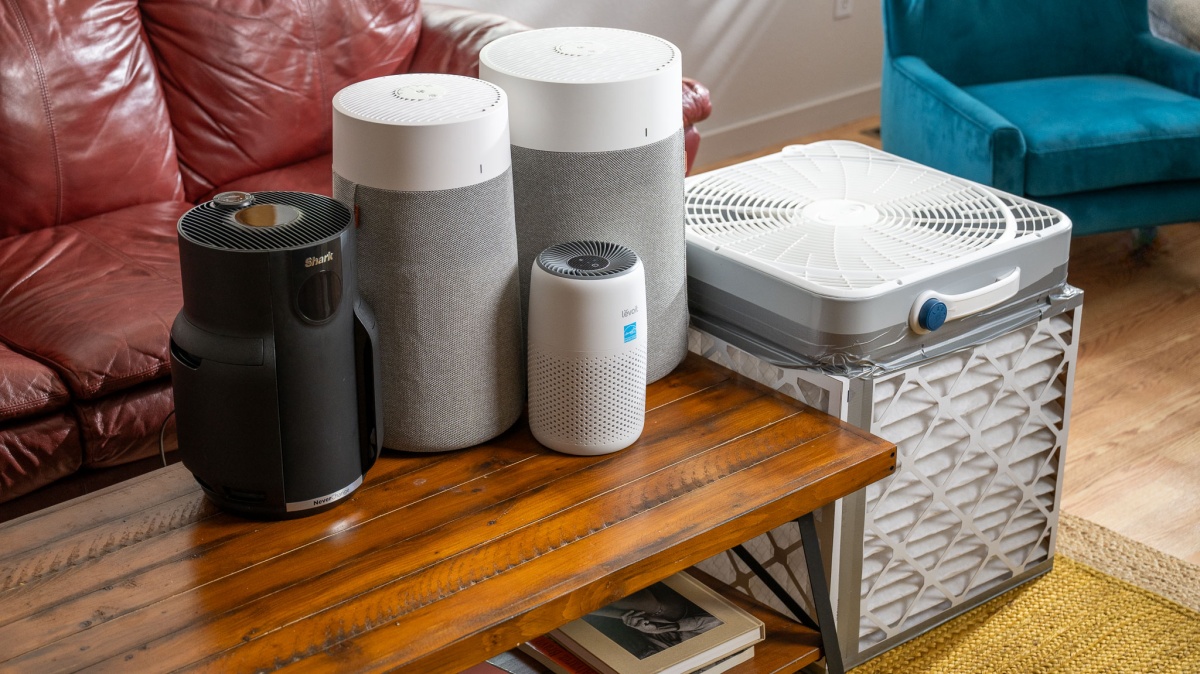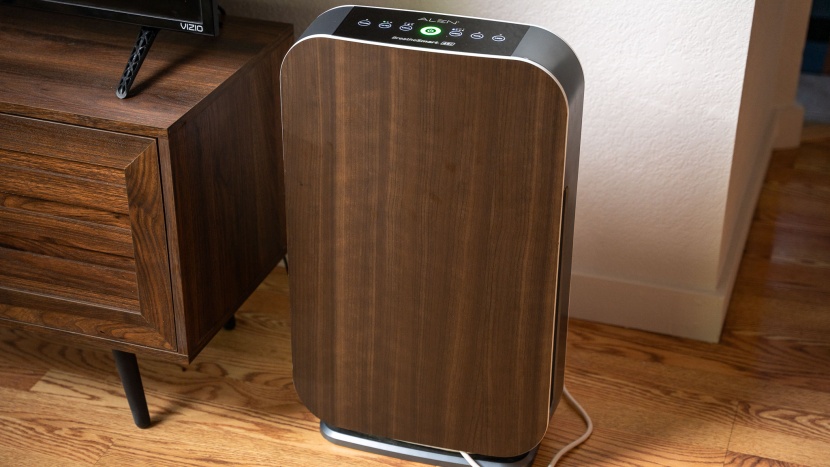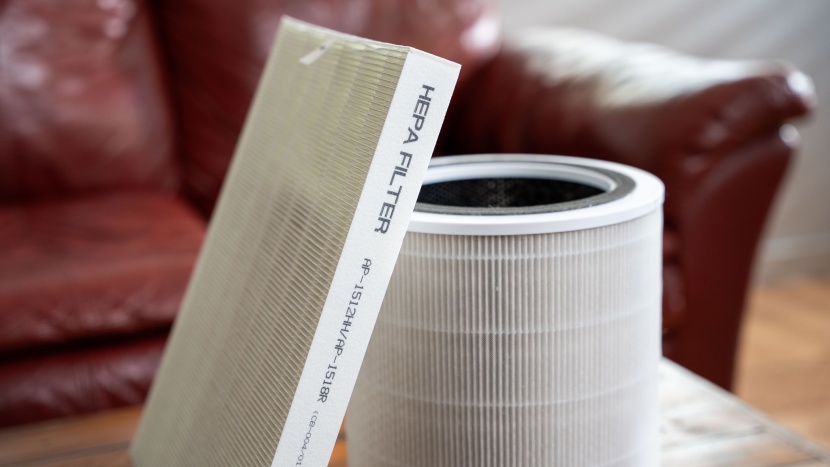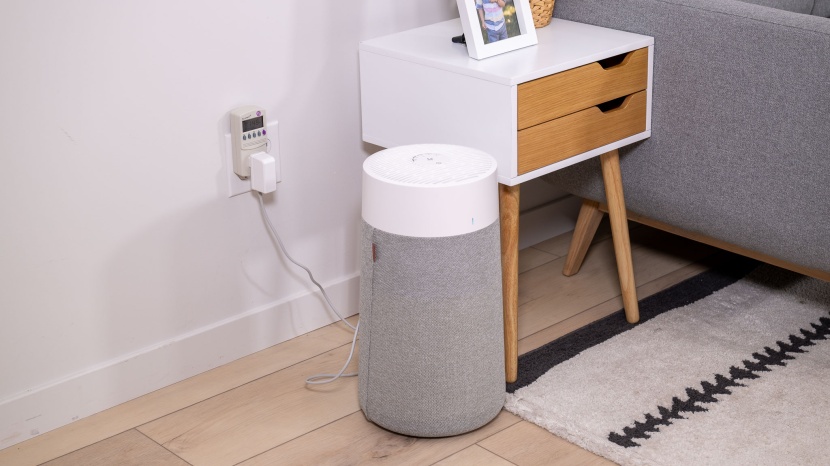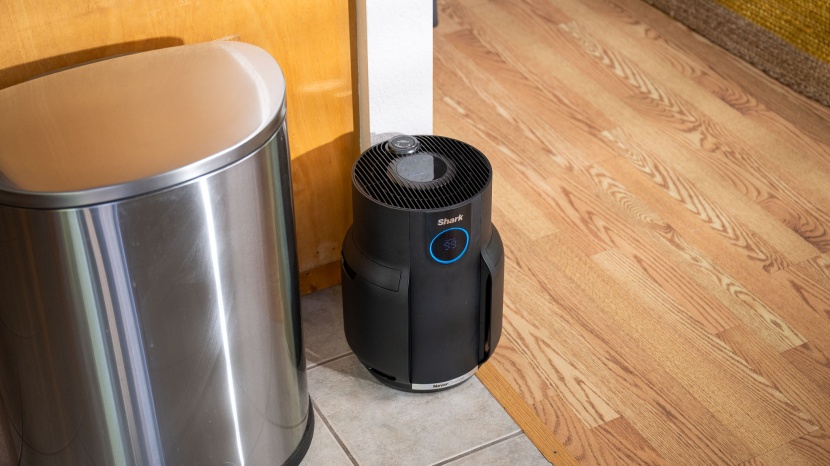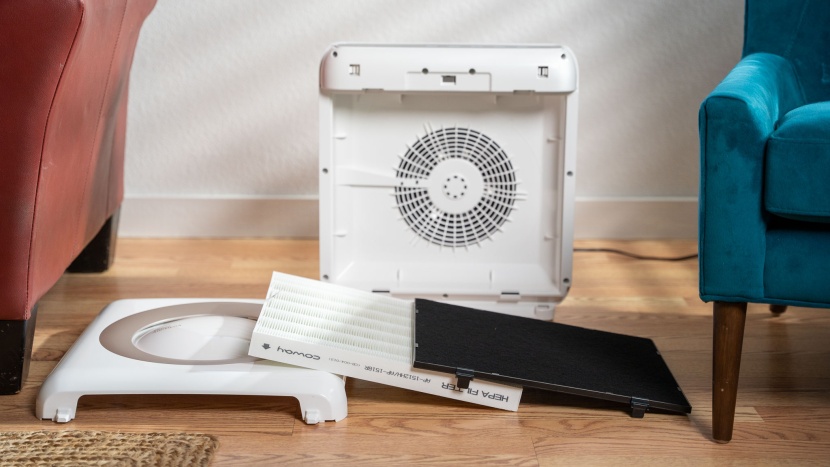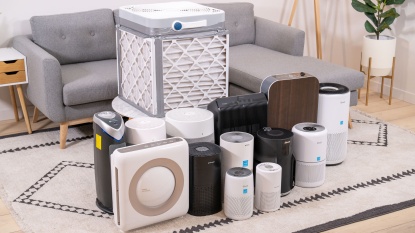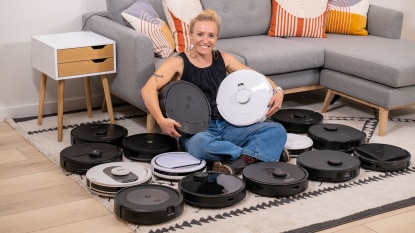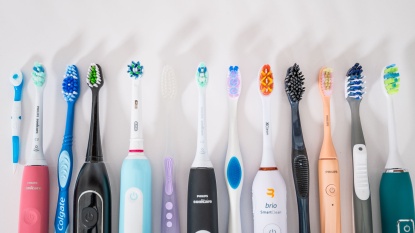Our lungs have a lot to contend with these days between seasonal allergies, wildfires, mold, and general air pollution. Air purifiers are a simple and effective way to improve the air quality in your living and workspaces. They work by removing hazardous particulates from the air, which in turn, lets you breathe a little easier. Choosing the right one, however, can be a daunting task. In this article, we outline who will and will not likely benefit from an air purifier and provide a step-by-step guide for choosing the right model. We hope our buying advice will clear the air on which model will suit your needs and budget best. Below we outline five key considerations before buying.
1. Room Size
First of all, you should consider where you plan on using the air purifier. Is it a large basement or a smaller bedroom? The purifiers for each space can vary greatly. Most manufacturers list a recommended square footage for each model. However, these can sometimes be misleading and more generous than in reality. We tested these purifiers in a medium-sized room, and our tests can be used as a reference when choosing a purifier for your space. The quicker options tend to be best for medium and large-sized spaces. Meanwhile, models meant for smaller spaces eventually clean the air, but take longer and can therefore cost more in electricity.
CADR: Air purifier capacity is rated by clean air delivery rate (CADR). The general rule of thumb is that you want a CADR that is at least ⅔ of your room's size in square feet. So if you have a 300 square foot room, you'll want a CADR of at least 200. This rule assumes standard eight-foot ceilings, so if you have especially high ceilings, you may want a higher CADR.
If your home has multiple smaller rooms, or even one large area, flexible placement with two to three purifiers often gives you more versatility than a single larger unit.
2. Filters and HEPA
HEPA refers to a genre of filter and stands for High-Efficiency Particulate Air (filter). The accepted standard for a HEPA filter is that it must be able to filter out 99.97% of particles in the 0.3-micron size range. That 0.3-micron size represents the hardest particles to filter, as larger ones easily get caught in the fibers of a filter, while smaller ones have so little inertia that things like static charge and buffeting air make it hard for them to find their way through the filter.
All air purifiers work with some sort of filtration system, whether it be HEPA or not. The bottom line is this: we've found that filters rated as True HEPA generally perform a bit better than filters simply labeled as HEPA or HEPA type. Therefore, if you suffer from a respiratory condition, we would likely opt for a True HEPA filter (though we would still implore you to consult a healthcare professional). If you're an allergy sufferer, there's a good chance a simple HEPA type filter would be just as effective, as allergen particles are generally larger and easier to filter. However, it isn't always the case that the non-HEPA systems don't perform as well. Some systems utilize additional filtration systems like activated carbon filters, washable/reusable filters, and ionizers.
There are a number of models on the market that use ionizers to clean the air. Ionizers essentially emit charged particles that stick to the other particles you'd like to remove from the air, making them easier to catch in a filter. Some of these machines have been found to emit ozone, which can be a very strong lung irritant. Many manufacturers today are advertising ozone-free ionizers, but at this point, we would tend to err on the side of caution and go with a non-ionizing model instead. A few of the models we tested include optional ionizers. However, we didn't find that the ionizers increased an air purifier's performance significantly, so we kept all of the ionizers turned off for our final rounds of testing.
Other models might use UV light to kill microorganisms in the air. Here again, we would generally err on the side of caution and not use this feature. The EPA doesn't think small household purifiers with UV lights are effective at killing microorganisms, and the UV light themselves can also sometimes be a source of ozone production.
3. Consider Long-Term Operation Cost
Unfortunately, the cost of an air purifier doesn't stop at the initial sticker price. The machine will use electricity and require filter changes.
- Electricity cost: Air purifiers often run continuously, especially when trying to clear out fire smoke or allergens. Some models are Energy Star certified, which tend to be more efficient over the long run. We appreciate models with “auto” modes, which turn off and on based on the air quality. This can prevent the machine from running unnecessarily and sucking up more electricity. It is also worth noting that an air purifier that is not rated for your size of space will need to run even more to get the air clean, and can therefore use more energy.
- Filter cost: Most air purifiers need filter changes at least once a year, some even need changes every four months. In our experience, these filters can add up, and you should expect at least $50 a year in filter changes. If you aren't keen on changing the filters often, opt for one that needs less frequent changes. Some machines have sensors for the filter health and will inform you when a change is necessary.
4. Factor in Noise Level
Your purifier will likely be running a lot, if not constantly. If you are sensitive to noise, opt for a model that is quiet, even on its highest setting. All machines will make some sort of noise, but some are much louder than others. For reference, most fall within the 40 dB range from 6 feet away. This is roughly the same as the ambient noise in a quiet library or the low hum of a refrigerator. Keep in mind that our measurements are from 6 feet away, so the further you are from the purifier, the quieter it'll be.
5. Special Considerations
- Allergens and respiratory irritants: Air purifiers truly shine when it comes to combating airborne allergens and irritants. Pollen, dust, and smoke are some of the most common airborne irritants. Air purifiers are particularly effective at removing these particulates from the air. Again, there is no comprehensive study proving the effectiveness of air purifiers in decreasing allergy symptoms, but there is significant anecdotal evidence that points to their effectiveness. Just remember, allergens can also settle into your carpet, so a good vacuuming is always helpful as well.
- Germs and VOCs: There isn't great research to prove air purifiers' effectiveness against pathogens, bacteria, and volatile organic compounds (VOCs). Some purifiers attempt to rectify the first problem by using UV light to kill any microorganisms that pass through the air purifier. Unfortunately, the effectiveness of this technology has only been proven in large-scale, industrial units used in hospitals. These units generally exchange air slowly, giving the UV light time to work. When it comes to small, household units, the effectiveness of this technology is questionable. The Environmental Protection Agency has this to say about home UV purifiers: “Bacterial and mold spores tend to be resistant to UV radiation and require more light or longer time of exposure, or both, to be killed.” Also, there is always the chance that a UV light could contribute to ozone production, which is a lung irritant.
If you're most concerned about volatile organic compounds (VOCs) or other gaseous pollutants, most air purifiers will make only a small difference at best. Here again, it is an activated carbon filter that would remove such compounds, but one filter won't catch every type of gaseous pollutant. Even the Environmental Protection Agency states that, “…gas-phase filters may remove a portion of the gaseous pollutants and some of the related hazards, at least on a temporary basis. However, none are expected to remove all of the gaseous pollutants present in the air of a typical home.” There is some circumstantial evidence that very large carbon filter can be fairly effective, but when it comes to VOCs and gaseous pollutants, it is much better to try and remove or mitigate their source than rely on an air purifier.

